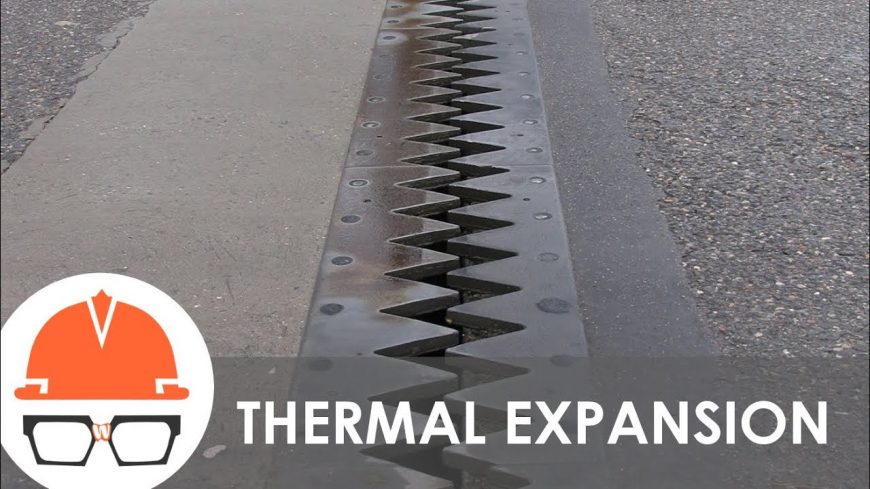Don’t Panic, but Bridges All Move

With a structure like a bridge or a highway, they seem to be pretty stable and solidly planted apparatuses. Obviously, when you’re traveling on a bridge, the last thing that you want to think about is the thought of the surface below you moving in any way, shape, or form. I think most people would be much happier on solid ground. However, what you might not know is that no matter what bridge you’re on, it’s actually designed to be able to move on purpose. Otherwise, if it actually were 100% solid, bad things would more than likely begin to happen.

You see, with the way that heat is transferred and effects solid objects, if a bridge were planted firmly and unable to move, when it was exposed to heat or cold and would react by expanding or contracting, it would probably apply stress to the surface and potentially take it down. Instead, bridges and other structures of the like are designed to be able to handle that temperature change instead of simply folding under the pressure. After all, an intense temperature change without the room to move would probably leave the bridge and everything on top of it to fall to the ground or in the water. I’m not sure which is scarier but I think that most of us would agree that we would rather neither of the above happen.

If you follow along with the demonstration that has lots of information offer up down below, you’ll learn a little bit more about exactly what measures engineers are able to put in place to make sure that when you and I come to a bridge and try to cross it, that we safely make it to the other side. Just imagine what things must have been like when trying to design different structures before this information was readily available.

